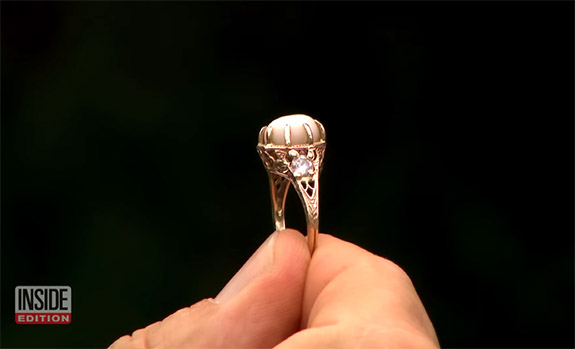
Rare Natural Pearl Became a Symbol of Their Journey; Now They’re Married
The 9.8mm natural quahog pearl at the center of the engagement ring Ken Steinkamp presented to Sandy Sikorski last summer continues to be a symbol
In honor of May’s official birthstone, we present one of the oldest and most oddly mounted jewelry treasures in the Smithsonian’s National Gem Collection. The “Maharaja of Indore Necklace” features 15 emeralds that were likely cut and drilled during the 17th century.
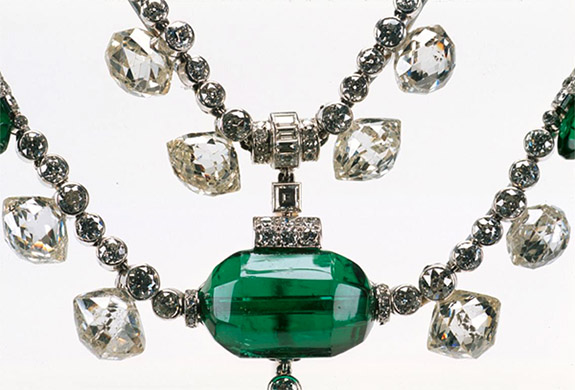
Interestingly, the 45-carat, barrel-shaped emerald at the center of the piece was strung with wire onto the necklace through a hole drilled lengthwise down its center, similar to the way colorful bugle beads are made into jewelry in an elementary school art class.
Despite the channel that runs through its center, the 45-carat gem is considered one of the world’s finest emeralds due to its rich color and exceptional clarity.
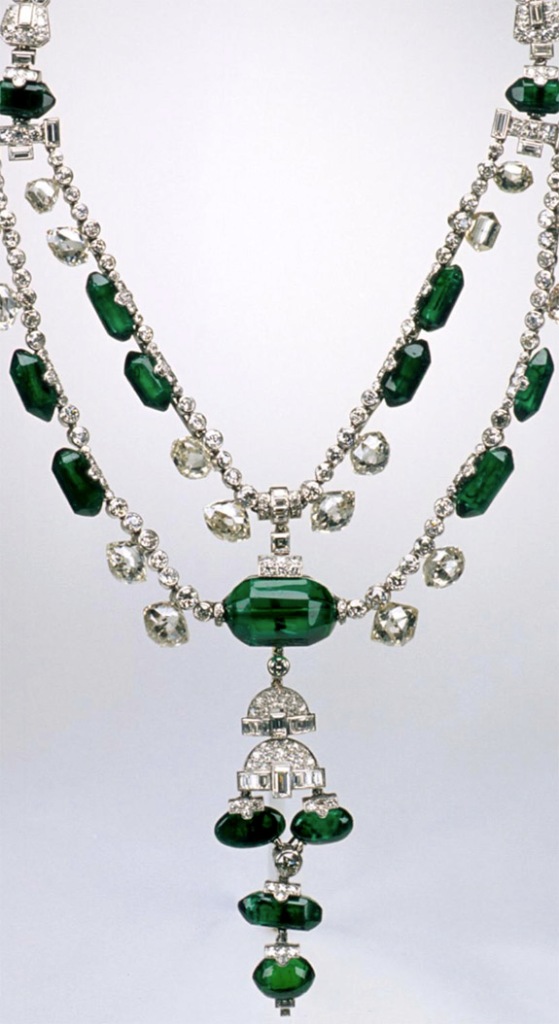
The Smithsonian explained that the remaining emeralds and 16 larger diamonds are attached in a similar fashion with wire passing through angled drill holes that connect within the stone forming a V-shaped channel.
Smithsonian curators believe the emeralds were sourced in Colombia, while the 16 larger diamonds were obtained in India, the world’s only source of diamonds until 1723. These are some of the oldest cut gems in the National Gem Collection.
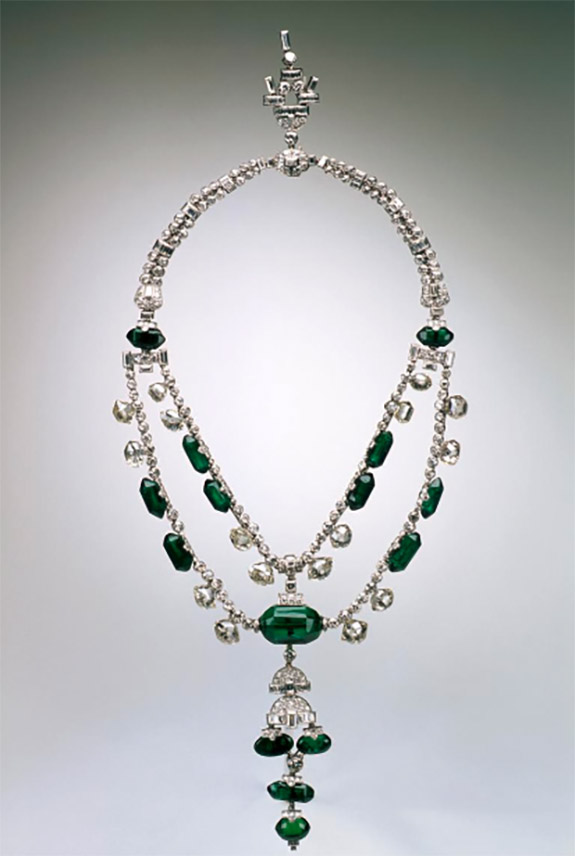
The Maharaja of Indore Necklace originally consisted of two strands of antique-cut diamonds and emeralds to which a lower pendant and upper chain containing modern, brilliant-cut diamonds were later added. The piece is mounted with a total of 374 diamonds.
According to the Smithsonian, the lavish necklace was purchased by the Maharaja of Indore in the early 20th century. In 1948, New York jeweler Harry Winston obtained the piece from the Maharaja’s son and added it to his “Court of Jewels” traveling exhibition.
Cora Hubbard Williams, the daughter of Pittsburgh manufacturer and “Shovel King” John Winslow Hubbard, purchased the necklace from Winston in 1955 and donated it to the Smithsonian in 1972.
Emerald is the most valuable variety of the beryl family and is known to display a wide variety of visible inclusions, which are referred to as “jardin” (French for “garden”).
These imperfections do not detract from the stone’s beauty but, instead, give each stone a unique fingerprint and distinct character.
Beryl in its pure state is clear. The beautiful green hues are caused when some of the aluminum atoms in the crystal structure are replaced by chromium and/or vanadium atoms.
The name “emerald” comes indirectly from the ancient Greek word for green gem, “smaragdos.”
Besides being the birthstone for the month of May, emerald is also the preferred gemstone to mark 20th and 35th wedding anniversaries.
Credits: Images courtesy of NMNH Photo Services.

The 9.8mm natural quahog pearl at the center of the engagement ring Ken Steinkamp presented to Sandy Sikorski last summer continues to be a symbol

During Thursday’s installment of Today With Hoda & Jenna, co-host Jenna Bush Hager recounted how she nearly lost ALL of her fine jewelry — including
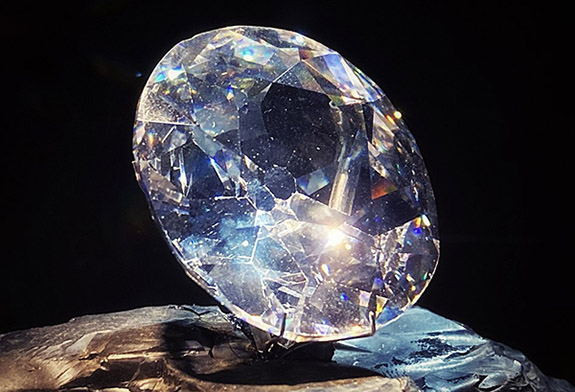
For more than 2,000 years, the Golconda mines on the banks of the Krishna River in southern India produced virtually all the world’s fine diamonds.
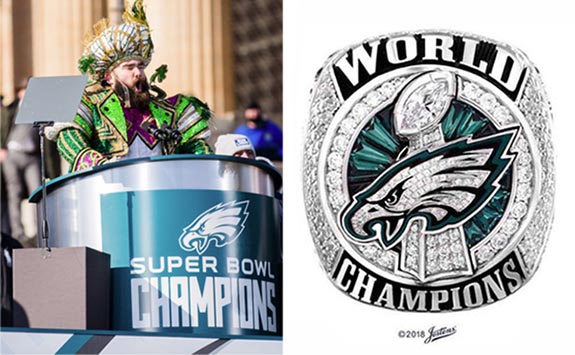
Seven-time All Pro center Jason Kelce revealed on Wednesday that he lost his 2018 Super Bowl ring in a kiddie pool full of chili during





